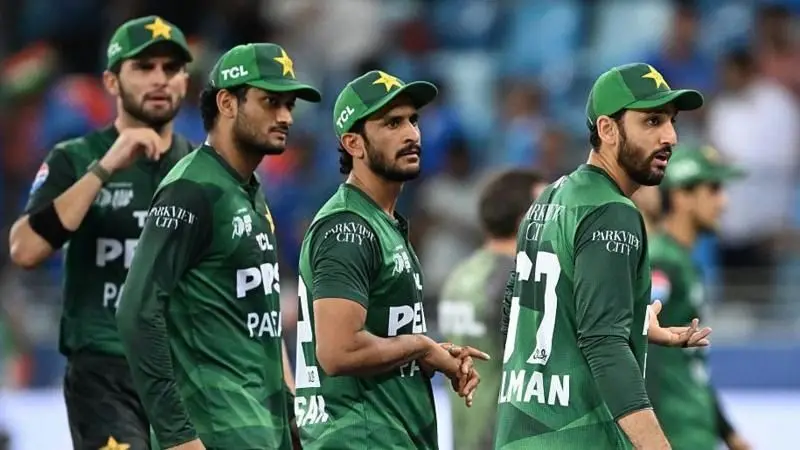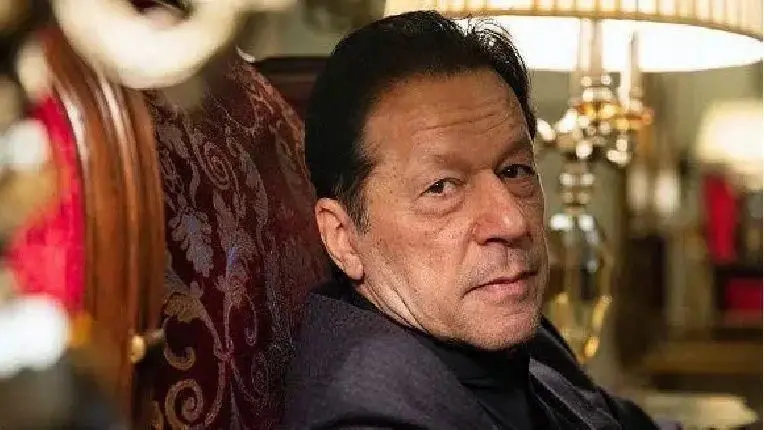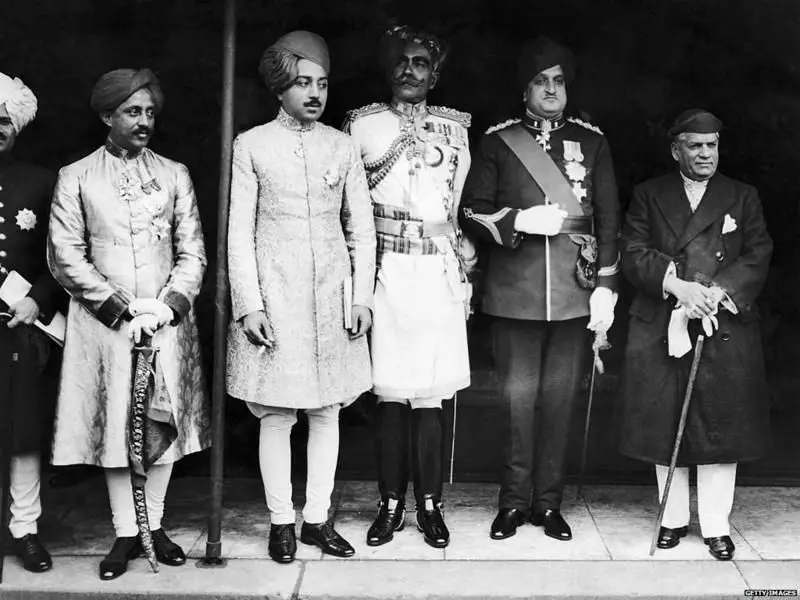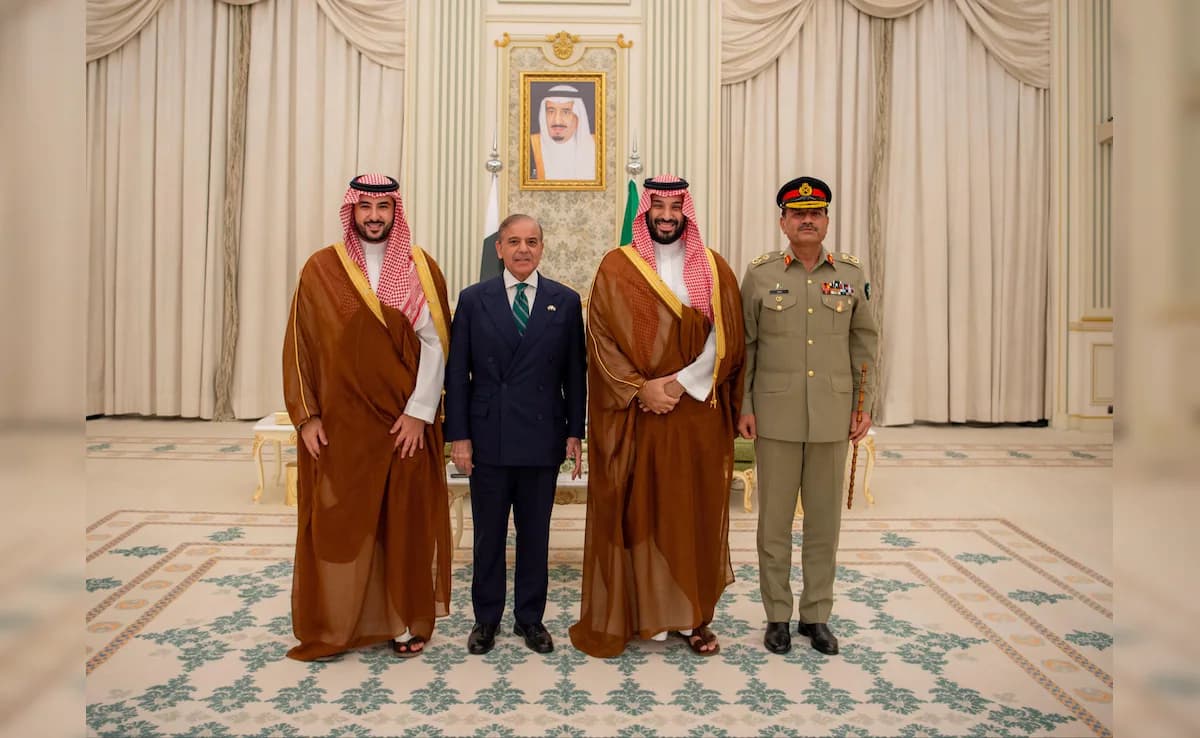The Asia Cup 2025 clash between India and Pakistan in Dubai, traditionally one of the most anticipated cricket matches in the world, found itself surrounded by controversy—not because of the result, but because of a missed handshake. The post-match tension led to allegations, protests, and even an official complaint by the Pakistan Cricket Board (PCB) against ICC Match Referee Andy Pycroft.
Eventually, Pycroft issued an apology, calling the incident a result of miscommunication. But the controversy had already taken the spotlight, overshadowing India’s performance and reigniting discussions about cricketing traditions, sportsmanship, and political tensions between the two nations.
The Origin of the Handshake Dispute
On 14 September 2025, during the high-voltage India vs. Pakistan Asia Cup match in Dubai, it was alleged that Andy Pycroft instructed the two captains—India’s Suryakumar Yadav and Pakistan’s Salman Agha—not to engage in a pre-match handshake during the toss.
Following India’s victory, Pakistani players reportedly walked forward for the customary handshake, only to find that the Indian team had already left for the dressing room. This absence of a handshake sparked outrage within the Pakistan camp.
PCB officials argued that the incident was not only unsportsmanlike but also against the “spirit of cricket.”
Andy Pycroft’s Apology
Faced with mounting criticism, Pycroft issued a statement clarifying that the incident was due to a communication gap. He personally apologized to the Pakistan team manager and captain, acknowledging that his actions had caused misunderstanding.
Despite Pycroft’s apology, the ICC has yet to release an official comment on the matter.
PCB’s Strong Reaction
The Pakistan Cricket Board (PCB) wasted no time in escalating the matter. PCB Chairman Mohsin Naqvi stated on X (formerly Twitter) that:
“The match referee violated the ICC Code of Conduct and the MCC’s Spirit of Cricket guidelines. We have filed an official complaint with the ICC. For us, nothing is more important than the dignity of our nation.”
Pakistan even threatened that if the ICC failed to act against Pycroft, they would consider boycotting their next match against the UAE.
India’s Position: “We Came to Play Cricket”
Indian captain Suryakumar Yadav, when asked about the absence of a handshake in the post-match press conference, gave a simple and straightforward reply:
“The Indian government, BCCI, and our team were on the same page. We came here only to play cricket, and we gave our answers on the field.”
This statement highlighted India’s stance that their priority was performance, not symbolic gestures.
Pakistan’s Disappointment
Pakistan’s head coach Mike Hesson, who represented the team at the press conference instead of captain Salman Agha, expressed disappointment:
“We were ready for a handshake after the match, but the Indian players had already gone back to the dressing room. It was a frustrating end to a match where we were already disappointed by our performance.”
The Pakistan camp made it clear that they were willing to uphold cricket traditions, but were let down by the absence of reciprocity.
Tradition vs. Rule: Is Handshake Mandatory?
Handshakes before and after matches have long been a symbolic gesture of goodwill in cricket, though not a written law.
During the COVID-19 pandemic, handshakes were temporarily suspended for health reasons.
The MCC (Marylebone Cricket Club), the guardian of cricket’s rules, does not officially mandate handshakes in its Laws of Cricket.
Instead, the MCC’s preamble emphasizes values like respect, fairness, discipline, and sportsmanship.
The BCCI (Board of Control for Cricket in India) later clarified:
There is no law or ICC regulation that requires teams to shake hands.
It remains a matter of tradition, not compulsion.
Therefore, the Indian team had not broken any rules by skipping it.
Why the Controversy Matters
While on the surface, this may appear to be a minor issue, the incident reflects deeper themes:
Sportsmanship in Cricket
Handshakes symbolize mutual respect, regardless of the result.
Skipping it—intentionally or unintentionally—can be perceived as a lack of sportsmanship.
Political Undertones
Given the tense India-Pakistan relationship, even small gestures are magnified and linked to diplomatic stances.
Role of Officials
Match referees are meant to maintain fairness and uphold cricket traditions. Any miscommunication at this level can escalate into an international issue.
Media Amplification
In both nations, the media narrative around the “Handshake Controversy” quickly overtook match analysis, proving once again how India-Pakistan matches are about more than just cricket.
MCC’s Spirit of Cricket Guidelines
Though no handshake rule exists, the Spirit of Cricket emphasizes:
Respect your captain, teammates, opponents, and officials.
Play hard, but fair.
Maintain a positive atmosphere and encourage others to do the same.
Show discipline, even when things aren’t going your way.
Congratulate the winners and accept defeat gracefully.
Thank officials and the opposition after the match.
These unwritten principles are what keep cricket unique compared to many other sports.
Conclusion
The Handshake Controversy of Asia Cup 2025 shows how cricket is not just about runs, wickets, and results—but also about gestures, traditions, and respect.
Andy Pycroft’s apology may calm tempers temporarily, but the issue highlights how sensitive India-Pakistan cricket encounters remain.
For fans, the debate is a reminder that cricket is more than a sport—it’s a matter of national pride, emotion, and diplomacy.
As cricket continues to evolve, one thing is certain: every action, even something as small as a handshake, will continue to carry enormous weight when India and Pakistan face each other.












Responses (0 )